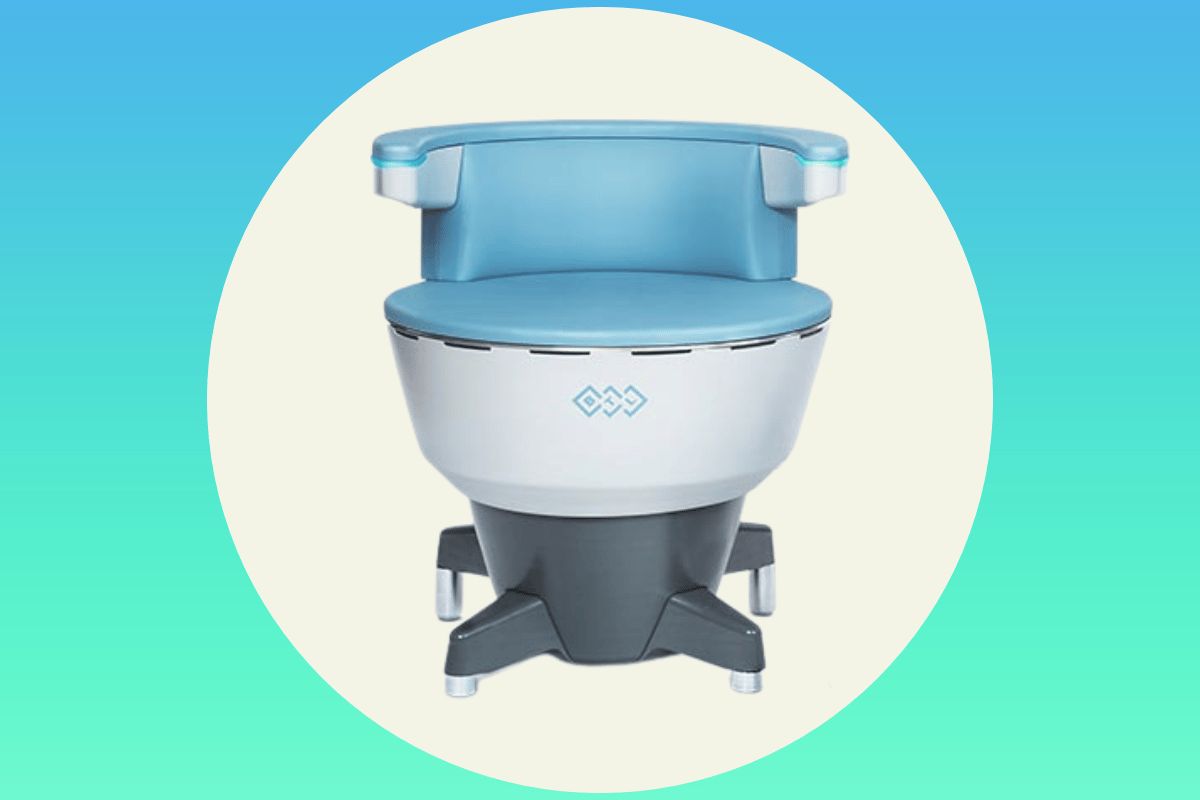
Like many areas of women's health, incontinence is just another thing we don't talk about. It's one of the many taboo topics that get swept under the carpet - yet an overwhelming number of women struggle with it.
A whopping 37 per cent of females suffer from urinary incontinence and bladder leakage. More than half are under the age of 50, and one in three women that have given birth will experience it.
One in three.
Watch: If your period was a person. Post continues below.
They're some pretty big statistics, yet it's a severely under-managed condition.
And the fallout from this can be life-altering, causing women to make major adjustments to their everyday lives to accommodate their incontinence.
The good news is that the conversation around incontinence is growing, and there are more and more treatments now available on the market than ever before.
One of the major breakout treatments popping up everywhere right now?
A chair that promises to fix it.

Top Comments